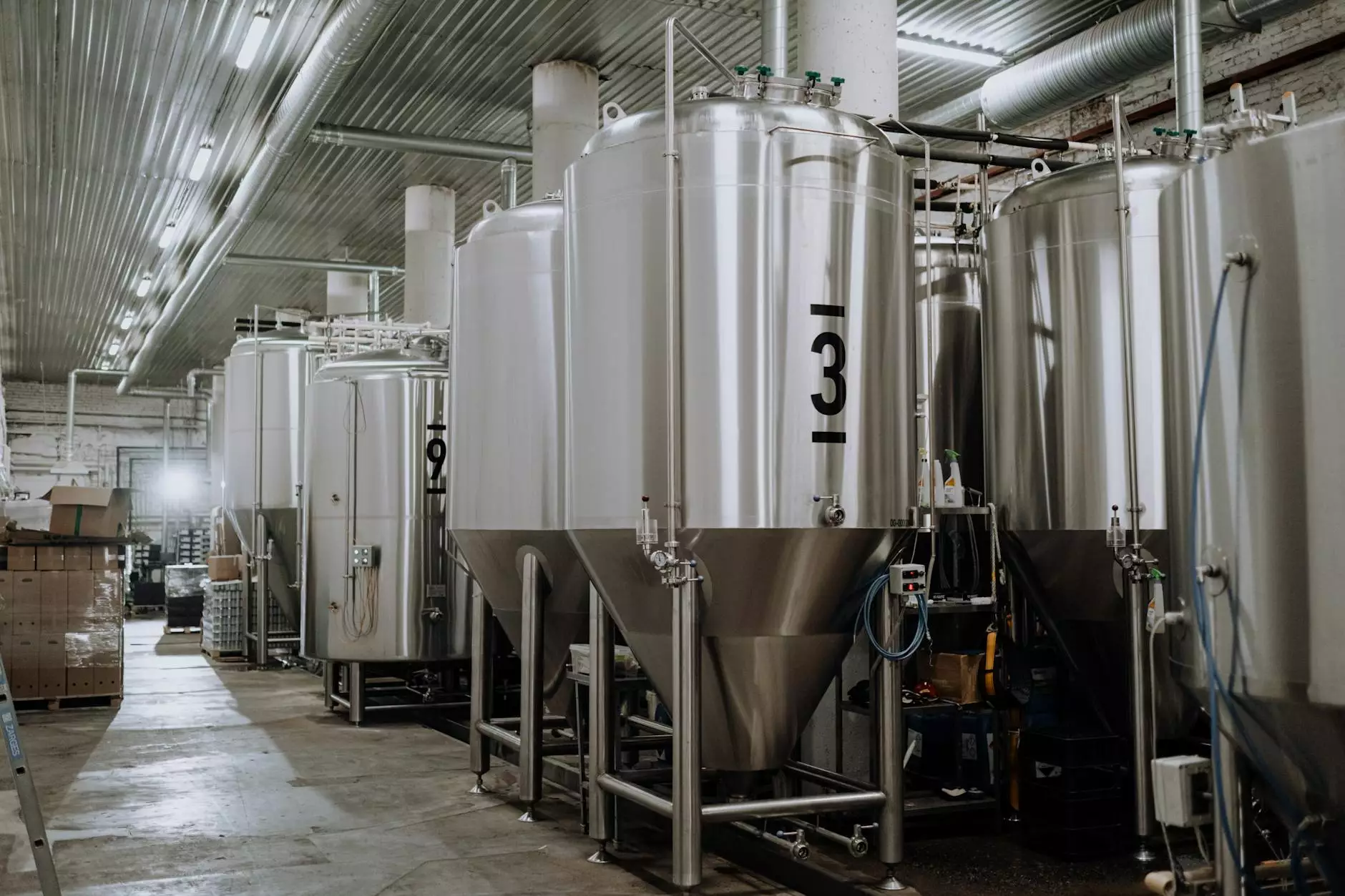Understanding Surgical Instruments: A Comprehensive Guide

Surgical instruments are fundamental tools used in the medical field, specifically during surgical procedures. They play a crucial role in enhancing the efficiency and precision of various operations, making them indispensable for healthcare professionals. In this article, we will delve into the nuances of surgical instruments, discussing their types, uses, historical significance, and the future of surgical instrumentation.
1. The Importance of Surgical Instruments in Modern Medicine
Every successful surgical procedure relies on the use of appropriate surgical instruments. These instruments assist surgeons in various tasks, including:
- Cutting: Specialized tools designed for incising tissues.
- Grasping: Instruments used to hold or manipulate tissues and organs.
- Clamping: Tools that temporarily obstruct blood flow for better visibility and control.
- Suturing: Instruments that aid in closing incisions made during surgery.
2. The Evolution of Surgical Instruments
The history of surgical instruments dates back thousands of years. Initially, crude tools made from stones and bones were used. With the advancement of technology and materials, surgical instruments have evolved significantly:
2.1. Ancient Times
In ancient civilizations such as Egypt and Greece, rudimentary tools were developed. For instance, the ancient Egyptians used bronze scalpels, showcasing early engineering skills in surgical technology.
2.2. The Middle Ages
During the Middle Ages, surgical instruments became more refined. Barbers and surgeons in Europe began using a variety of tools, including forceps and scalpels, often made from iron and steel.
2.3. The Renaissance
The Renaissance marked a significant turning point in the development of surgical instruments. Innovations in metallurgy and craftsmanship led to more precise and effective tools. Pioneers such as Andreas Vesalius laid the groundwork for modern anatomy and surgical techniques.
3. Types of Surgical Instruments
Surgical instruments can be broadly classified based on their purpose. Understanding these categories can help in appreciating their roles in medical procedures:
3.1. Cutting Instruments
These instruments are designed primarily for cutting tissues. Common examples include:
- Scalpels: Used for making incisions into skin and tissues.
- Scissors: Employed for cutting tissues, sutures, or material layers.
- Knives: Utilized in specialized procedures, like amputation.
3.2. Grasping Instruments
These tools hold or manipulate tissues during surgery. Key examples include:
- Forceps: Used to grip tissues, often to stabilize them for cutting or suturing.
- Clamps: Designed to occlude blood vessels or tissues during operations.
3.3. Suction and Irrigation Instruments
Managing fluids is critical during surgery. Instruments in this category include:
- Suction Devices: Remove excess blood, fluids, and debris from the surgical site.
- Irrigation Tools: Flush the surgical area with saline solutions to maintain a clear view and prevent infection.
4. Material and Manufacturing Process of Surgical Instruments
4.1. Materials Used
The effectiveness of surgical instruments heavily relies on the materials used in their manufacturing. Commonly used materials include:
- Stainless Steel: Known for its corrosion resistance and strength, stainless steel is the most popular material for surgical tools.
- Carbon Steel: Often used for high-performance cutting instruments due to its edge retention properties.
- Titanium: Lightweight and strong, titanium is utilized in certain specialized instruments, particularly in orthopedic surgeries.
4.2. The Manufacturing Process
The production of surgical instruments involves intricate processes to ensure precision and sterility:
- Machining: Using lathes and milling machines to shape instruments with high accuracy.
- Heat Treatment: Enhancing the strength and durability of metals through controlled heating processes.
- Polishing: Providing a smooth finish to enhance the instrument's ability to withstand sterilization processes.
- Sterilization: Instruments must be sterilized before use to prevent infections during surgeries.
5. Innovations in Surgical Instruments
The field of surgical instrumentation is continuously evolving, with advancements aimed at improving outcomes for patients. Some notable innovations include:
5.1. Minimally Invasive Instruments
With the rise of minimally invasive surgeries, specialized surgical instruments have been developed, such as:
- Laparoscopes: Allow for examination and surgery through small incisions, reducing recovery time and scarring.
- Endoscopic Instruments: Used for procedures performed inside body cavities without the need for large openings.
5.2. Robotics in Surgery
Robotic-assisted surgical systems have revolutionized surgical practice. These systems use advanced technology to enhance a surgeon's dexterity and precision, leading to better patient outcomes:
- Da Vinci Surgical System: Offers robotic-assisted minimally invasive surgery with enhanced precision and control.
- Robotic Suturing Devices: Facilitate precise stitching in hard-to-reach areas during surgery.
6. The Role of Surgical Instruments in Patient Outcomes
In the hands of skilled surgeons, high-quality surgical instruments significantly improve patient safety and outcomes. Their importance extends beyond the operating room:
6.1. Reducing Surgical Complications
The use of precise instruments minimizes trauma to tissues, lowers the risk of complications such as:
- Infection: Accurate and efficient use of instruments reduces exposure and contamination risks.
- Blood Loss: Instruments that clamp vessels effectively can significantly reduce blood loss during operations.
6.2. Faster Recovery Times
Minimally invasive instruments enable quicker recovery, as they cause less tissue trauma. Patients benefit from:
- Shorter Hospital Stays: Many minimally invasive surgeries allow patients to return home sooner.
- Less Pain and Scarring: Smaller incisions lead to reduced postoperative pain and minimal scarring.
7. Conclusion
In conclusion, surgical instruments are vital components of modern medicine, influencing both the efficiency and safety of surgical procedures. Understanding their types, functions, and the significance they hold can enhance our appreciation for the medical field. As we continue to innovate and develop more advanced tools, the goal remains clear: to improve patient outcomes, minimize risks, and ensure the highest standards of care.
For healthcare professionals and institutions, investing in high-quality surgical instruments is essential. At new-medinstruments.com, we offer a comprehensive range of top-quality surgical tools designed for diverse medical applications. By choosing the right instruments, we empower surgeons to achieve the best results, ultimately benefiting patients and healthcare systems alike.









